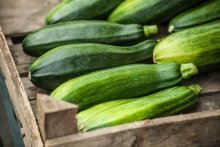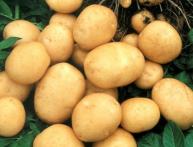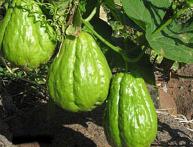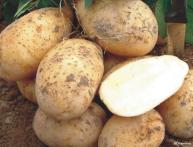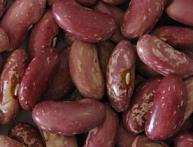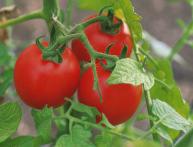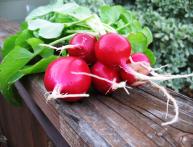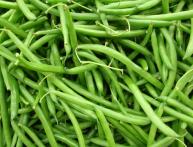Growing zucchini in a greenhouse in winter as the basis of a small family business
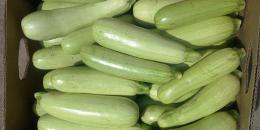
Informational article about growing zucchini in a greenhouse. Some special features of planting and caring for zucchini indoors. Zucchini is a vegetable from the Cucurbitaceae family. They have many advantages.
Despite the fact that zucchini contains many vitamins and other useful substances, it is low in calories and is a product that never causes allergies. Soups and zucchini purees can be present in children's menus from the age of six months. Growing zucchini in a greenhouse can become a small family business.
Content:
- Which zucchini are suitable for growing in a greenhouse?
- How to plant zucchini in a greenhouse
- Features of growing zucchini indoors
Which zucchini are suitable for growing in a greenhouse?
Young zucchini is a very accessible and inexpensive vegetable in summer. But with the onset of cold weather, they either disappear from sale, or on the shelves you can find zucchini that went on sale from warm countries. These zucchini are not very cheap, and because of nitrates and other fertilizers, not everyone will decide to buy them for their child.
If given a choice between imported goods and vegetables from a domestic producer, most people will choose the latter option. When choosing to grow zucchini for sale in the cold season, you need to choose varieties that will have good yield and excellent presentation.The following varieties and hybrids of zucchini can be recommended for growing indoors:
- Aral F1
- Masha F1
- Cavili
- White-fruited
- Kuand
- Skvorushka
- Daredevil
Let's consider a description of some of the listed varieties.
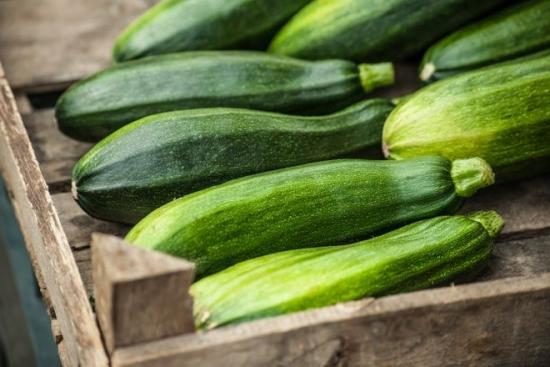
Hybrid "Aral F1"
Hybrid Aral F1 is one of the fastest growing early zucchini. It grows very quickly and the first young zucchini can be harvested already on the 35th day. The hybrid is resistant to viral diseases and produces a good harvest in greenhouses. The bushes of the hybrid are semi-climbing. The fruits are uniform in size, reaching 16-18 cm in length and weighing about 0.5 kg. When it reaches technical ripeness, the color of the zucchini is light green. Rare round spots of white color are scattered throughout the main color. The fruits contain up to 4 g of dry matter and up to 3 g of sugar. The yield, subject to agricultural technology, is above 500.0 kg per hectare. When growing in a greenhouse, it is important to harvest every 3-4 days. This will increase the ability to form a new ovary.
Variety "Quand"
The variety is designed for cultivation in greenhouses. Bush type plants with high yield. From sq. m. area you can get 22 - 30 kg of zucchini. The variety is mid-season. Technical maturity of the fruit occurs 52 days after germination. The fruits are green with dark green streaks. The variety is tolerant to powdery mildew and gray rot.
Variety "Udalets"
A fast-growing variety of zucchini, the technical maturity of the fruit occurs in 35-40 days. The main color is light green. The pattern consists of wide stripes of darker color. Fruit weight is from 0.5 to 1.0 kg. Has good transportability.
How to plant zucchini in a greenhouse
Season selection and temperature conditions
You can grow zucchini indoors at any time of the year, but taking into account the fact that autumn zucchini from open ground has good shelf life and lasts for 2-4 months, it is best to plan the cultivation of zucchini for the end of winter - beginning of spring. It is at this time that the body needs vitamin support and most people want something from fresh vegetables.
You need to start growing seedlings in early March, and in April you will already have a full-fledged harvest both for your needs and for sale to the population. It is necessary to maintain a sufficiently high temperature in the greenhouse. In the daytime it should be + 23 degrees, and at night it should not fall below + 14. The soil should also be well heated to + 20 + 25 degrees.
Soil preparation
Before planting zucchini, the soil in the greenhouse must be filled with fertilizers. For 1 sq. per meter of area you will need to add 10 kg of rotted manure. They dig up the earth and let it stand for a while. It is advisable to do this work in the fall. Mineral fertilizers are applied directly into the hole before planting the seedlings. You need to add 30 - 40 g of nitrophoska per plant. Mineral fertilizers are mixed with the soil in the hole.
Growing seedlings
If you can plant zucchini in open ground, both seedlings and seeds, then growing zucchini from seedlings in a greenhouse is much more effective. Since the seeds of zucchini are large, it is advisable to immediately grow them in individual pots. When transplanted into a greenhouse, such seedlings will not get sick.
Soil for seedlings can be taken from a greenhouse bed, or you can buy any soil for melons and cucumbers. Fill the pots with soil and moisten it well the day before planting the seeds.Zucchini seeds have good germination and retain it for a long time.
Even after 6-8 years of storing seeds, zucchini germinates quite well. To get rid of empty seeds, you need to put them in water. Seeds that do not sink to the bottom within 1-2 minutes must be removed. Immediately before landing soak the seeds in a solution of a stimulant or potassium permanganate.
Video about growing zucchini at home:
Make 1.5 cm holes in the soil and place the seeds in them. Cover with earth, cover everything with film or glass. Shoots appear quite quickly. Most seeds germinate within 3–5 days. Zucchini seedlings do not require special care other than watering, light and heat, and at the stage of 3-4 true leaves they can be transplanted into a greenhouse.
The seedlings are simply rolled into the holes together with a lump of earth, covered with soil and watered. Zucchini is planted in rows, the distance between which should be from 0.8 m to 1.5 m, the distance between zucchini is 0.4 - 0.8 meters. It all depends on the chosen variety. Growing zucchini in open ground is a very simple task, but when growing it in a greenhouse, you need to take into account some of the features of this plant.
Features of growing zucchini indoors
The first feature of cultivation is due to the fact that the ground parts of zucchini grow quite intensively; if you add a nutrient mixture during cultivation, this will cause quite vigorous growth of shoots and leaves. Which, in turn, will negatively affect the formation of the ovary and the growth of the fruit. Since zucchini is a fairly fast-growing crop, what was added before planting is enough for them.
During the growing period of zucchini, there is no need to apply additional fertilizers.And if there are too many leaves, then some of them need to be removed to provide light access to the flowers or fruits.
Second feature growing zucchini is associated with flowering and pollination. Zucchini has female and male flowers. In female flowers, a slight expansion at the base of the flower is clearly visible, and the petiole is shorter. The petiole of the male flower is smooth and long. Male flowers ripen 7-10 days later, so as not to lose a whole week, about 10% of the seeds are planted earlier than the main quantity.
The best method of pollination is by insects, bees or bumblebees. If possible, it is best to place a hive in a greenhouse; one per 500 square meters is enough. m. Between the zucchini, you can plant a small number of plants - honey plants. If it is not possible to keep bees in a greenhouse, then zucchini is pollinated by hand. The male flower with stamens can be used for hand pollination. One male flower is enough for 5-6 female flowers.
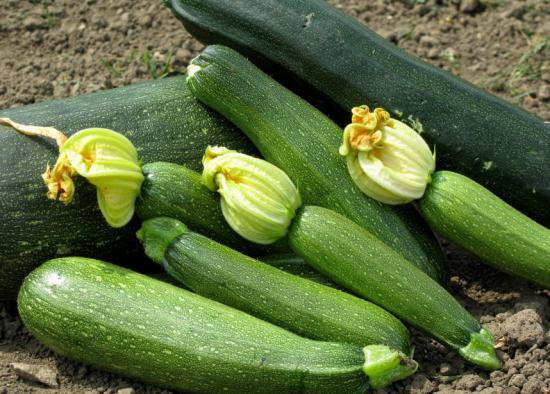
The third feature of zucchini is associated with harvesting the fruit. It is best to pick them at the green stage, depending on the variety, 1-2 times a week. This will extend the fruiting period of zucchini and increase the yield. If there is a heated greenhouse on the site, then in winter you can grow various vegetables for personal needs in it, and growing fresh zucchini in the cold season for sale to the public can bring significant income to the family budget.

